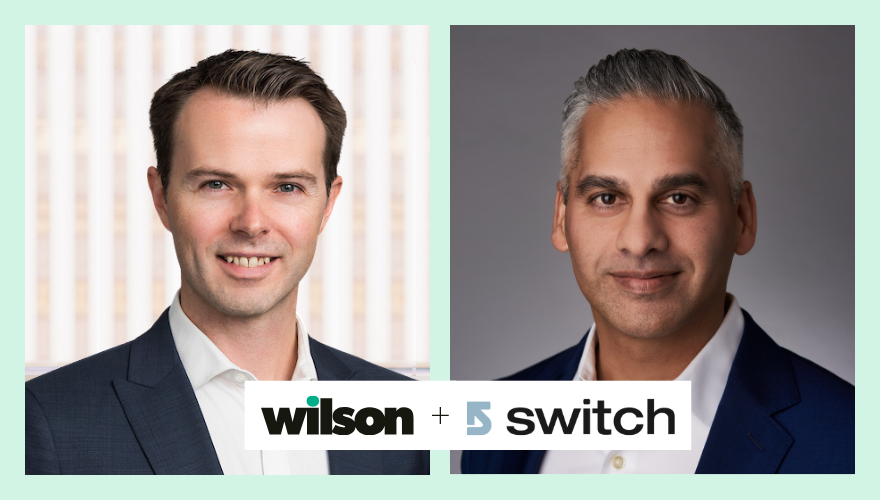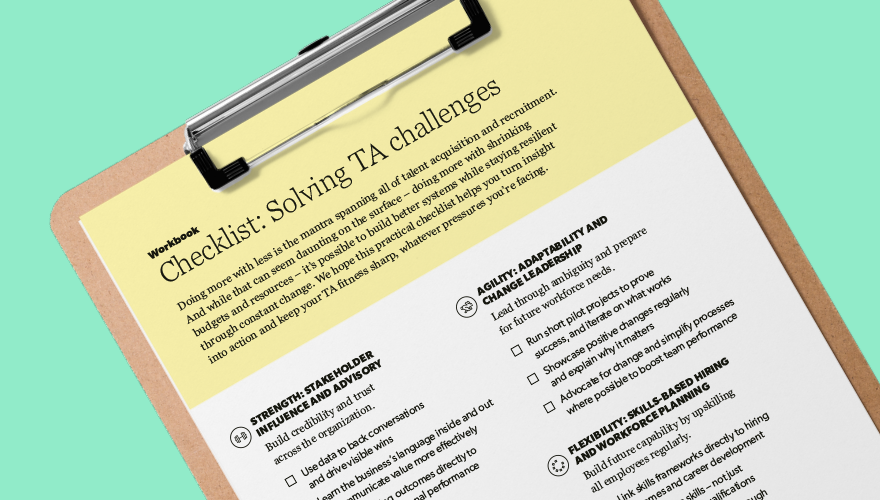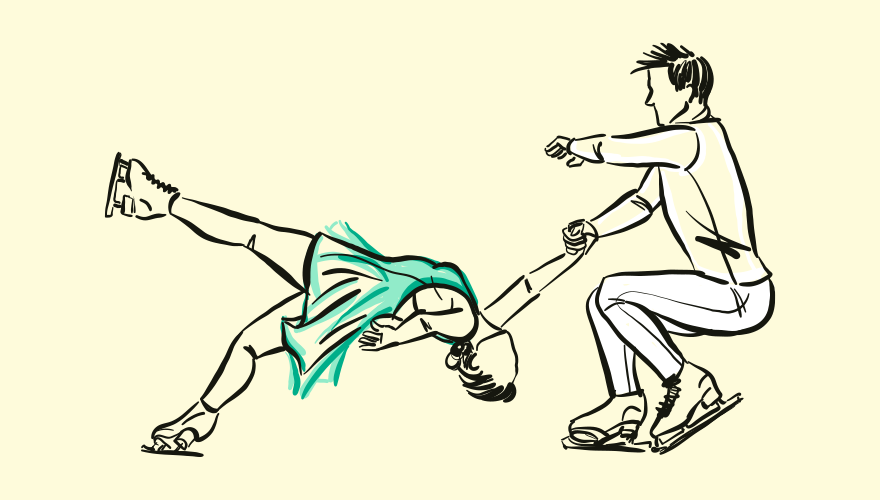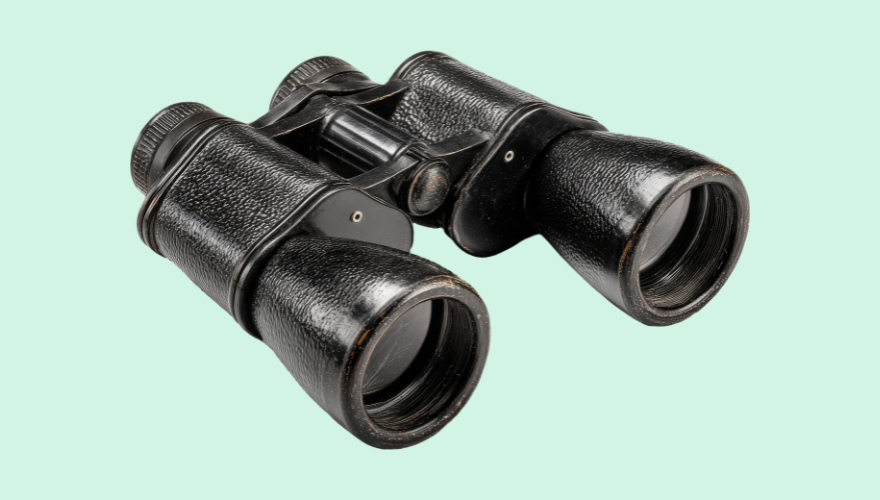Blog
Transforming aesthetics in Asia: Trends, tech, and talent
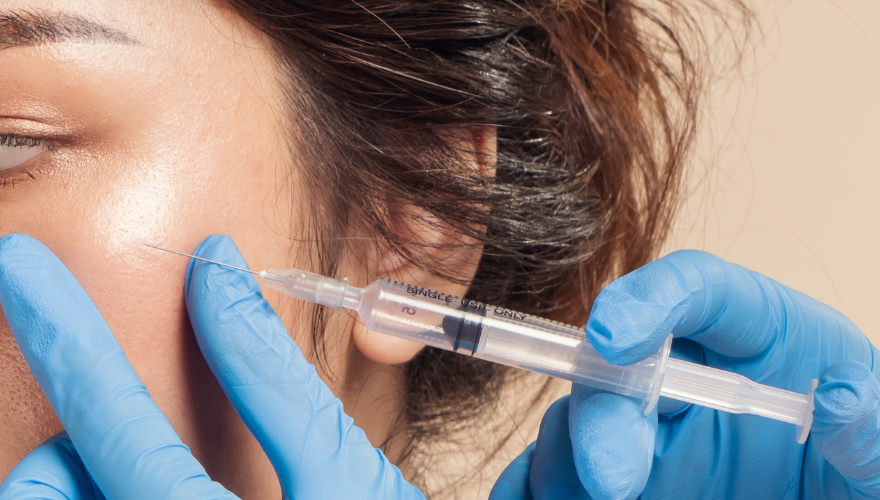
The aesthetics industry in Asia is changing – and fast. Our team have closely observed this space and identified a clear shift that collectively, consumers are moving away from the scalpel. Instead, they are choosing non-invasive treatments that offer natural results, minimal downtime, and more flexibility. This isn’t a passing trend, but a full-scale transformation that’s reshaping how clinics operate, how talent is hired, and how companies are positioning themselves in Asia’s most dynamic markets.
Non-surgical is the new norm
Injectables are leading the charge. While hyaluronic acid and botulinum toxin (commonly known as Botox) remain the dominant products, newer regenerative injections and collagen-based therapies are gaining popularity. Products containing poly-L-lactic acid (PLA), polycaprolactone (PCL), and calcium hydroxyapatite (CaHA) are becoming top choices among both clinics and consumers. Leading examples include Radiesse by Merz, Sculptra by Galderma, and Ellansé by Sinclair.
Additionally, consumer faces are changing, as Gen Z has been shown to embrace aesthetics earlier than ever. This generation favors quick, tech-enabled treatments like cryolipolysis. Men are also adding to this demographic, as they make up nearly 30% of the market and spend significantly more per visit.
Market snapshots
China's edge: Harnessing scale, speed, and intelligent technologies
China leads the global medical aesthetics market, driven by young, tech-savvy consumers and digital platforms like SoYoung, Gengmei, and Meituan Medical Beauty. These platforms offer AI diagnostics, app-based bookings, and live consultations.
Pharma and beauty giants such as Huadong Medicine, Sihuan Pharmaceutical, and Jiangsu Wuzhong are expanding via acquisitions. Meanwhile, L’Oréal, Shiseido, and Botanee Group are launching regenerative and collagen-focused products.
Key trends:
- AI-powered consultations
- Subscription-based aesthetic plans
- Clinic chains and in-house training
Singapore: A hub for precision aesthetic medicine and premium healthcare
Singapore is a regional hub for global brands like Allergan Aesthetics, Merz, and Cynosure, known for regulatory excellence and clinical professionalism.
Consumers prefer subtle enhancements, and hybrid clinics offering wellness, dermatology, and aesthetics are growing. Digital tools are widely used for consultations and aftercare.
Key trends:
- Strong regulatory focus
- Rise of multi-specialty clinics
- Growth in medical tourism
Southeast Asia: Fast growth, mixed readiness
Markets like Thailand, Vietnam, Indonesia, and the Philippines are expanding rapidly, though training and clinic standards vary. Local leaders like Romrawin (Thailand) and Belo Medical Group (Philippines) are scaling up, while global device makers like Jeisys are setting up regional bases.
Key trends:
- Growth of mid-to-premium clinic chains
- Cross-border training and influencer marketing
- High consumer interest despite regulatory gaps
How the industry is adapting
What we find most inspiring is how clinics and companies are responding:
- Setting up training academies to raise service standards
- Upskilling professionals from healthcare backgrounds
- Offering equity and retention bonuses to attract top talent
- Investing in tele-aesthetics, AR/VR consultations, and even home-use devices
7 Emerging talent trends in the aesthetic and healthcare industries
As the aesthetic and healthcare industries continue to evolve, so do the expectations for talent. The rise of hybrid clinics, digital transformation, and shifting consumer behaviors are reshaping hiring priorities. Companies are no longer just looking for specialists – they are seeking agile, cross-functional professionals who can thrive in a fast-changing landscape.
Here’s a look at the key traits and skills that are now in high demand:
-
Cross-functional and cross-category expertise
Companies are increasingly hiring candidates with experience that spans multiple sectors, such as aesthetics, wellness, consumer health, FMCG, nutraceuticals, and health-tech. These professionals are especially valued in marketing and innovation roles, where a diverse perspective can drive product development and brand differentiation. Business development professionals are also expected to design go-to-market strategies that blend traditional, high-touch methods with digital-first, consumer-centric models to reach new and emerging customer segments. -
Consultative and commercial mindsets
Sales and training roles, particularly in B2B settings, now require a consultative approach. Representatives must go beyond product knowledge to advise clinics on business strategy, consumer behavior, and upselling techniques. A deep understanding of clinic operations and patient journeys is increasingly seen as a competitive advantage. -
Hybrid medical and aesthetic knowledge
There is a growing demand for physicians who are not only licensed and experienced, but also possess a strong aesthetic sense and digital presence. These doctors are expected to perform personalised skin analyses, map out individualised treatment plans, and engage with patients through social media. Similarly, roles in medical affairs and training now require familiarity with both dermatologic science and wellness protocols to support a more holistic approach to patient care. -
Digital fluency and innovation
Digital capabilities are now essential across all functions. Teams are expected to launch virtual education platforms, optimise digital touchpoints, and analyse consumer data to inform strategy. Product managers and marketers must be fluent in SaaS, CRM systems, and lifestyle branding. Agility is also key – companies value professionals who can pivot brand messaging, pilot new formats, and innovate beyond core product offerings. -
Supply chain and operational excellence
The aesthetics industry increasingly relies on high-quality, regulated products – from injectables and skincare formulations to energy-based devices. Ensuring product integrity, traceability, and compliance is critical, especially for treatments involving biologically active ingredients or medical-grade devices. Efficient supply chain operations also help clinics avoid stockouts or overstocking, which is crucial for managing patient expectations and treatment schedules. -
Procurement and logistics talent
As aesthetic companies expand across borders, they need procurement professionals who understand global sourcing, regulatory nuances, and cross-border logistics. This is especially important for sourcing active ingredients, medical devices, or cosmeceuticals that must meet both local and international standards. -
Infrastructure investment and automation
Post-COVID, many aesthetic companies are investing in automation, AI, and robotics to streamline operations – from manufacturing to clinic workflows. This includes automated packaging, digital inventory systems, and even AI-powered diagnostic tools in clinics. Infrastructure upgrades also support scaling production and ensuring consistent quality across markets.





